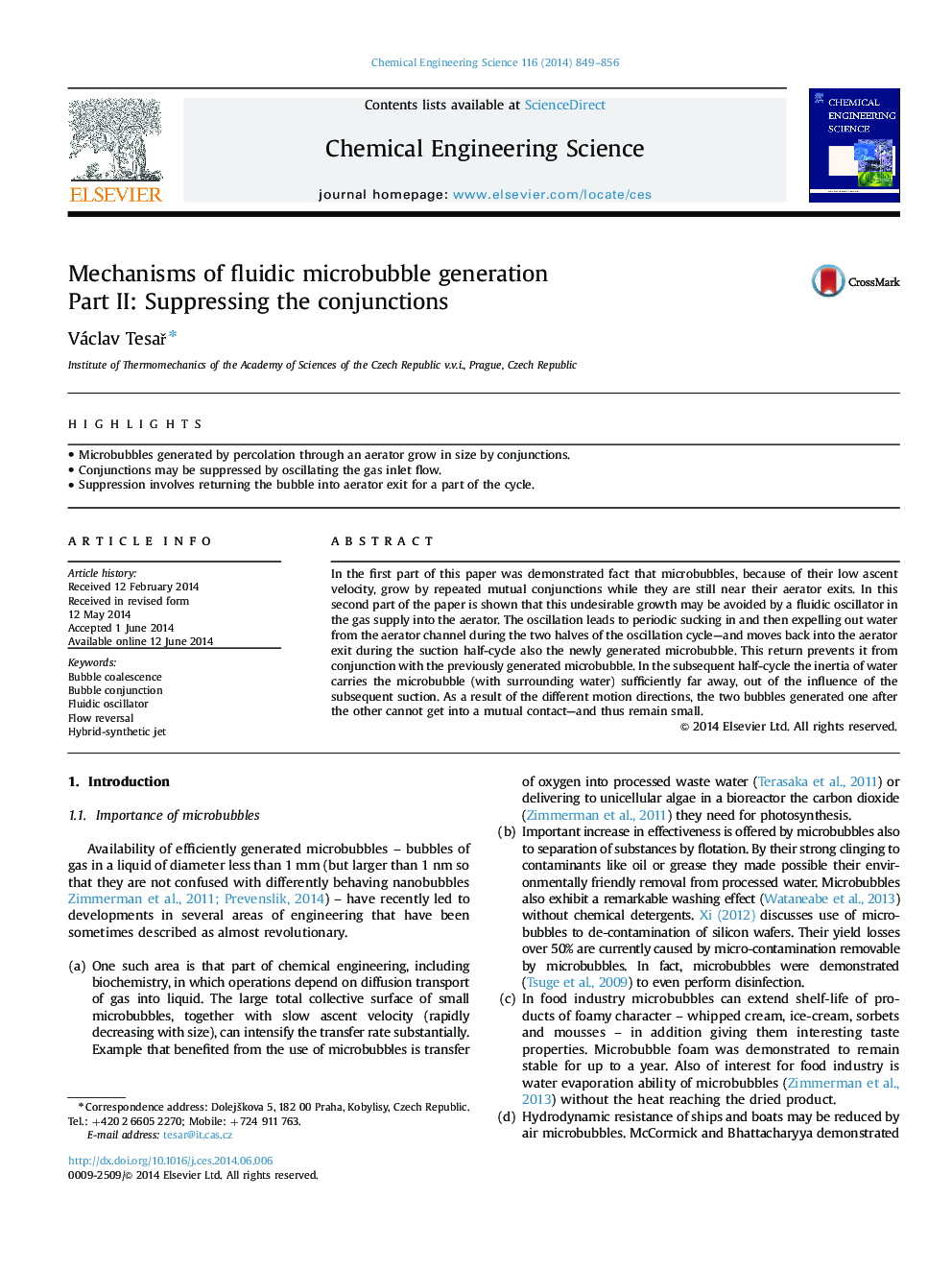| Article ID | Journal | Published Year | Pages | File Type |
|---|---|---|---|---|
| 6591171 | Chemical Engineering Science | 2014 | 8 Pages |
Abstract
In the first part of this paper was demonstrated fact that microbubbles, because of their low ascent velocity, grow by repeated mutual conjunctions while they are still near their aerator exits. In this second part of the paper is shown that this undesirable growth may be avoided by a fluidic oscillator in the gas supply into the aerator. The oscillation leads to periodic sucking in and then expelling out water from the aerator channel during the two halves of the oscillation cycle-and moves back into the aerator exit during the suction half-cycle also the newly generated microbubble. This return prevents it from conjunction with the previously generated microbubble. In the subsequent half-cycle the inertia of water carries the microbubble (with surrounding water) sufficiently far away, out of the influence of the subsequent suction. As a result of the different motion directions, the two bubbles generated one after the other cannot get into a mutual contact-and thus remain small.
Related Topics
Physical Sciences and Engineering
Chemical Engineering
Chemical Engineering (General)
Authors
Václav TesaÅ,
